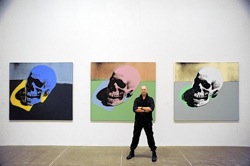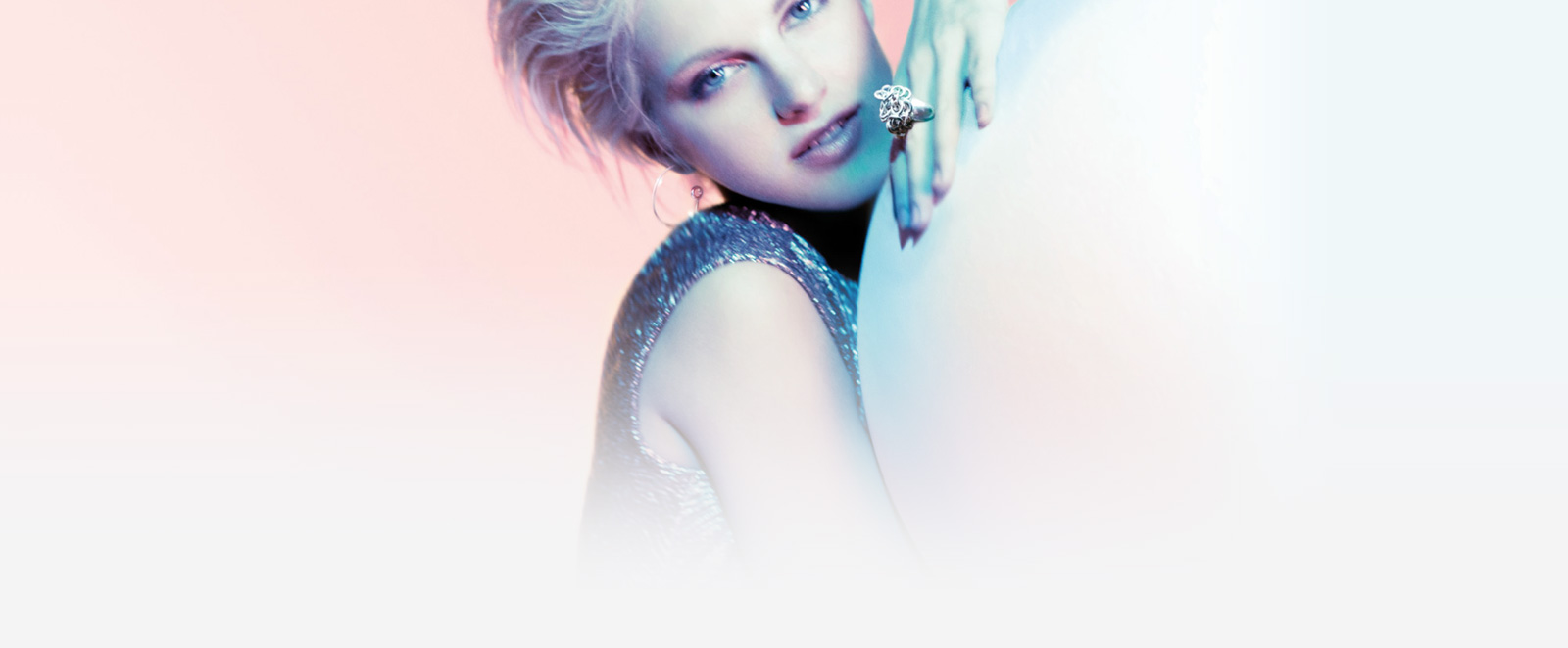 Business Insider columnist Steve Rosenbaum recently riffed at length about the changing nature of the media game. Here’s the gist: Our old media overlords are out and anyone and everyone is in. The new demand is for people and platforms that make sense of the online cacophony. Cue the culture of the curator.
Business Insider columnist Steve Rosenbaum recently riffed at length about the changing nature of the media game. Here’s the gist: Our old media overlords are out and anyone and everyone is in. The new demand is for people and platforms that make sense of the online cacophony. Cue the culture of the curator.
These discerning aggregators are beginning to play a key role in how and from whom we get our daily diet of info. The New York Times‘ Alex Williams also commented on the category of curation back in October, noting that the word now has much broader applications than museums and auction houses. Nowadays curators are everyone from concert booking agents and club bouncers to fashion tastemakers and heck, anyone with a social media presence.
The vaulted gates of quality-controlled content are crumbling. In their place will be the folks and platforms—namely, sites like Digg and Stumbleupon, as well as your most friends—that are successfully able to hunt, gather, and share the best, most relevant content with you. These are the new gatekeepers. Instead of mainstream media, curators will become the trusted outlets of choice. They’re sifting through the static, exposing the cream of the crop and demoting the crap.
Rosenbaum enumerates the various reasons why the sheer bulk of content has grown so much: devices (most every gadget now pumps out media of some sort), bandwidth (more juice in the near future means seamless integration with your lifestyle), sociology (we all like to share and we’re revealing more details than ever before), and publishing (created/curated hybrids like Huffington Post are rising to prominence). If you’re an advertiser, this means that now more than ever, messaging and branding must be heavily contextualized and carefully honed to a particular sect.
If you accept Rosenbaum’s thesis, you should realize that the rise of the curator class in no way devalues or diminishes the need for brands to create content. (After all, they are now full-blown publishers and media companies themselves.) Choosey eyeballs and crowd-controlled webspaces serve to recognize and reward better quality efforts, flattening and emboldening the publishing landscape at large. For advertisers, this means being pushing to create more innovative, engaging installations forgoing the typical branded spot.
Take a step back; can you think of a close friend or two that often pass off relevant news or funny videos to you? Maybe there’s a celebrity on Twitter who has you clicking their links incessantly? Whether you realize it or not, you’re now getting more and more of your everyday news and content from curators.
(image)





Pingback: Have we always been curators? « Whirledgital
Pingback: Eight ways digital technologies are changing the arts » elliottcountry.com